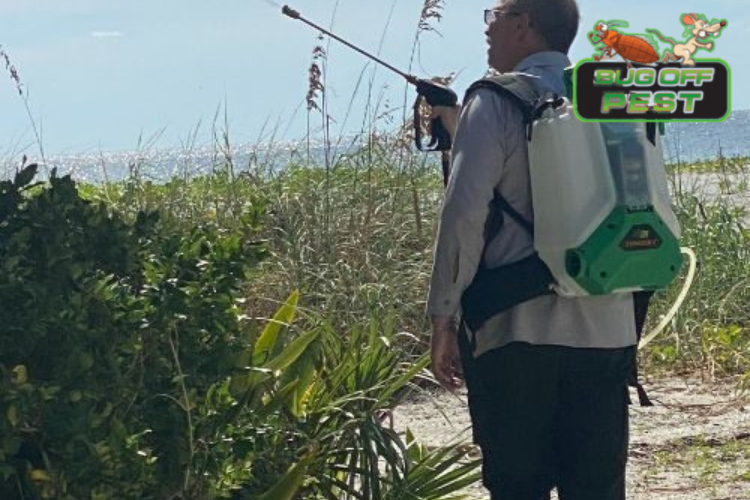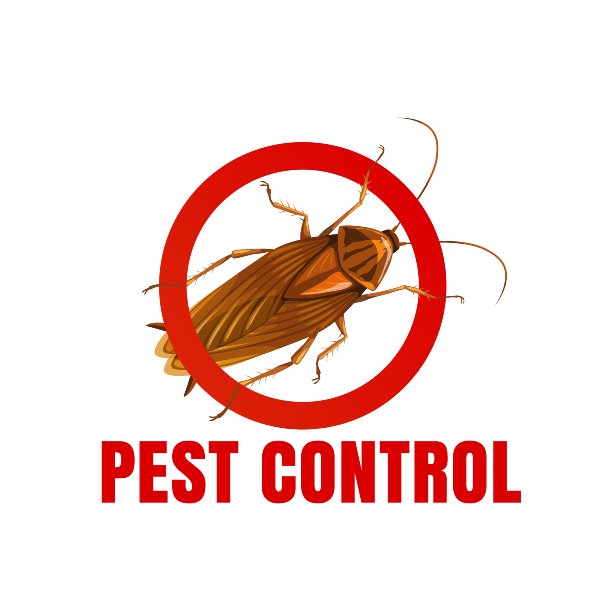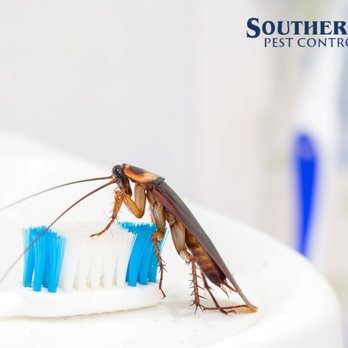Best Pest Control in Charlotte County for Your Residence and Business
Discover the most recent Advancements in Insect Control and How to Implement Effective Treatment Solutions
In recent times, the area of parasite control has actually seen substantial developments, driven by the need for effective and lasting therapy solutions. Ingenious strategies such as Integrated Pest Monitoring (IPM) integrate environmentally friendly experiment advanced modern technology, boosting both efficacy and ecological obligation. Moreover, the assimilation of smart technologies and DIY techniques has actually equipped individuals to tackle parasite concerns better. As we check out these advancements, it ends up being crucial to recognize just how ideal to apply these strategies in various setups to achieve ideal outcomes. The effects for pest monitoring practices can be transformative.
Eco-Friendly Pest Control Options
Recently, the demand for green bug control options has surged as services and homeowners alike seek lasting options to standard chemical treatments. This change is driven by growing ecological understanding and a need to reduce the wellness risks related to synthetic chemicals.

Green pest control approaches encompass a variety of approaches that focus on making use of all-natural compounds and practices. Integrated Bug Management (IPM) is one such method, integrating organic, social, and mechanical tactics to handle pest populations while lowering reliance on chemicals (Wildlife removal services). This all natural technique stresses prevention via environment control and the introduction of all-natural predators, thereby fostering a balanced ecosystem
Another preferred choice is the usage of herb chemicals originated from plants, which tend to be less hazardous to non-target organisms. Products like neem oil and diatomaceous earth have actually gotten grip for their effectiveness in controlling insects while posturing marginal risks to human health and the environment.
In addition, exemption strategies, such as securing entrance factors and keeping cleanliness, play an important function in environment-friendly pest management. By taking on these sustainable methods, organizations and people can properly take care of pests while advertising a healthier earth for future generations.
Smart Modern Technology in Insect Administration
Advancement is improving the landscape of parasite monitoring, with clever modern technology arising as a pivotal force in enhancing efficiency and effectiveness - Wildlife removal services. The integration of Internet of Things (IoT) devices, expert system (AI), and data analytics is changing how bug control professionals come close to infestations
Smart catches furnished with sensing units can spot parasite activity in real-time, sending prompt informs to operators. This permits timely reactions, reducing damages and lowering the demand for substantial therapies. In addition, AI formulas assess historic information to anticipate bug habits, allowing proactive interventions based on environmental conditions and problem patterns.
Drones and automatic cars are also playing a considerable function in pest management, offering airborne evaluations of big areas, identifying hotspots, and also distributing targeted treatments. These innovations not only improve procedures yet likewise boost safety by restricting human exposure to possibly dangerous chemicals.
Furthermore, mobile applications empower customers to check pest activity and gain access to specialist guidance, fostering a joint method to pest administration. Overall, the fostering of wise technology is establishing a new criterion in pest control, highlighting data-driven choices and sustainable methods that inevitably benefit both experts and property owners alike.
Integrated Insect Monitoring Techniques
Integrated Pest Administration (IPM) uses a holistic strategy to pest control, combining various techniques to effectively handle parasite populations while lessening threats to human health and the setting. IPM focuses on comprehending the pest life process, their all-natural enemies, and the environment in which they flourish.
One of the fundamental components of IPM is monitoring pest populations through regular assessments and information collection. This permits the recognition of parasite thresholds, identifying when treatment is needed. Cultural techniques, such as plant habitat, hygiene, and rotation adjustment, are important in reducing bug prevalence and advertising plant health.
Mechanical controls, consisting of traps and obstacles, are likewise important in IPM. These techniques can physically eliminate or prevent bugs without the usage of chemicals. When needed, the wise application of chemical controls is utilized, focusing on targeted therapies that decrease environmental influence.
Education and learning and collaboration among stakeholders, including farmers, pest control professionals, and the area, are critical for the effective implementation of IPM methods. By prioritizing lasting techniques, IPM not only addresses pest concerns yet likewise fosters a healthier ecosystem.
Biological Control Approaches
Various biological control approaches are progressively his comment is here recognized for their efficiency in handling insect populaces while advertising environmental balance. These techniques harness all-natural predators, bloodsuckers, and pathogens to lower pest numbers without counting on artificial chemicals. The intro of ladybugs can effectively control aphid populaces, while nematodes target soil-dwelling insect larvae.
In addition, making use of microbial chemicals, such as Bacillus thuringiensis (Bt), provides an eco-friendly option for taking care of caterpillar bugs. These items especially target pest types, reducing damage to valuable insects and pollinators. Moreover, conservation biological control stresses improving habitats for all-natural opponents, such as birds and beneficial pests, thus urging their existence in agricultural systems.
Research study proceeds to expose cutting-edge techniques within this area, such as using scents to interrupt pest breeding patterns or the development of biocontrol representatives through hereditary design. Implementing these approaches can lead to sustainable insect administration methods that minimize the dependence on chemical interventions, eventually promoting healthier environments. As recognition of these strategies expands, they are ending up being indispensable parts of integrated bug monitoring (IPM) techniques, using an equilibrium between effective parasite control and environmental stewardship.
Do It Yourself Parasite Control Solutions
As home owners seek effective ways to deal with pest concerns, DIY pest control solutions have actually gotten popularity for their accessibility and cost-effectiveness. These approaches equip individuals to address infestations utilizing readily available products and strategies, typically without the requirement for professional intervention.

Furthermore, maintaining proper sanitation and routine evaluations can protect against parasite access and nesting (Wildlife removal services). Straightforward methods, such as sealing cracks, getting rid of food sources, and decluttering, can dramatically diminish bug populaces. Catches, both homemade and readily readily available, can additionally provide efficient options for tracking and regulating certain insects like rodents or pests

Conclusion
The combination of green insect control alternatives, smart innovation, and cutting-edge management techniques provides a thorough method to efficient parasite management. By accepting Integrated Parasite Monitoring (IPM) and utilizing biological control approaches, together with Do it yourself solutions, liable and sustainable bug control can be accomplished.
Eco-friendly parasite control methods incorporate an array of strategies that focus on the usage of natural compounds and practices. Integrated Pest Management (IPM) is one such strategy, combining biological, cultural, and mechanical tactics to find out here now manage insect populations while decreasing reliance on chemicals. As understanding of these methods grows, they are ending up being important parts of incorporated parasite management (IPM) techniques, using an equilibrium between reliable parasite control and ecological stewardship.
The assimilation of environmentally friendly insect control alternatives, clever modern technology, and cutting-edge monitoring approaches offers a comprehensive method to efficient pest management. By embracing Integrated Pest Management (IPM) and making use of organic control approaches, alongside Do it yourself options, liable and lasting pest control can be achieved.